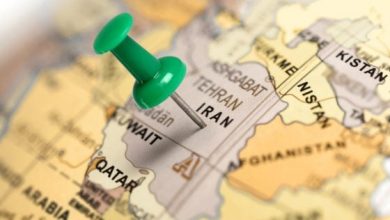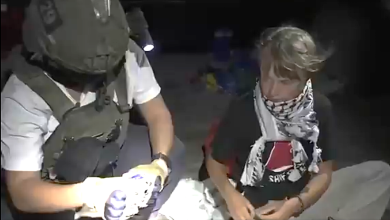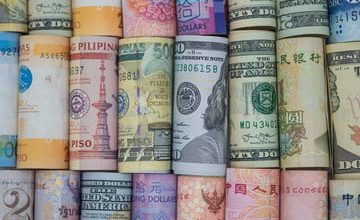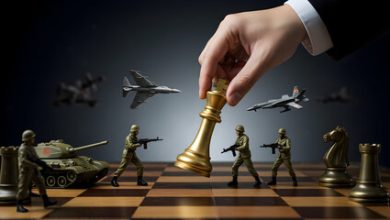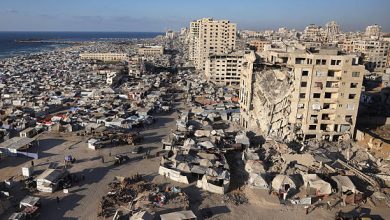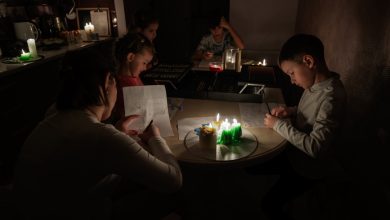Hegseth vows US will ‘take back’ Panama canal from Chinese influence
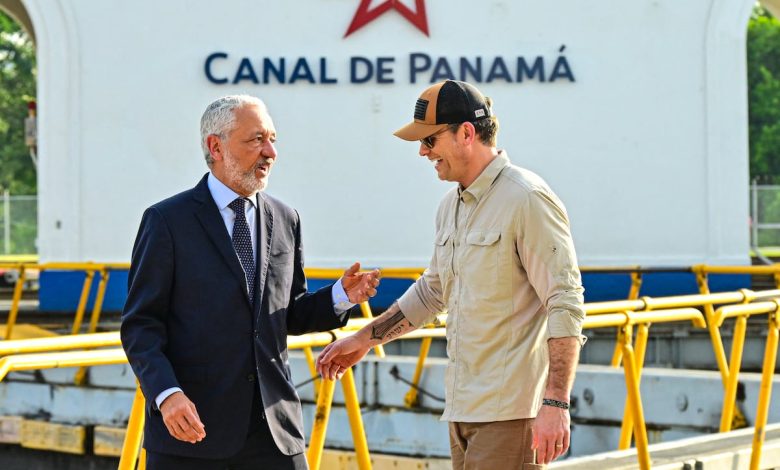
PANAMA CITY — Secretary of Defense Pete Hegseth said the United States military would prevent China’s government from increasing its sway over the Panama Canal, as the President Donald Trump says America is “reclaiming” control of the waterway.
“Together, we are going to take back the canal from China’s influence,” Hegseth said.
The secretary spoke Tuesday from a Panamanian navy pier, renovated with $5 million funding from the U.S. Army. The backdrop — a towering bridge with cargo ships loitering in the distance — was itself a sign of Hegseth’s priorities.
The Trump administration has promised a new focus on the western hemisphere, enforced in large part through the military. In his first three months, Hegseth has sent around 7,500 more active-duty troops to the U.S. southwest border and deployed two Navy destroyers to patrol the country’s coasts in a show of force. He’s also used military aircraft to deport migrants from the U.S., including some to Panama.
Hegseth’s visit shows that approach extending farther beyond American borders, and a gentler tone from the Trump administration. On the trip, he promised to increase joint exercises with Panama and to renovate a former U.S. military jungle school now in disrepair.
Still, it’s not clear how the region as a whole will respond.
Countries across Latin America have yearned for a more intent American presence in recent years, including as China expands its trade and infrastructure investments there. That said, not all attention is welcome attention, something especially clear in Panama.
President Donald Trump himself has repeatedly said the U.S. is taking back the country’s canal, which was ceded to Panama in 1999 after a 20-year handover. He’s also falsely claimed that China is operating it, something Hegseth denied in a speech today.
“China did not build this canal, China does not operate this canal and China will not weaponize this canal,” Hegseth said.
The claims have put Panama’s otherwise pro-American President Raul Mulino in a difficult position — stuck denying the statements while still maintaining his relationship with Washington.
Experts on the region and former U.S. officials too have been skeptical of the threat China poses to the canal. In February, Mulino pulled Panama from the Belt and Road Initiative, a global Chinese infrastructure program. And until recently, a Hong Kong-based company had agreed to sell two ports along the canal to the U.S. firm BlackRock, though the Chinese government has since intervened to review the deal.
Hegseth reinforced multiple times the importance of the canal to American trade and, potentially, a conflict in Asia. Around 100 U.S. warships pass through the canal each year, he said, and more would need to cross if a war broke out in the Pacific. A further 40% of U.S. container ship traffic transits the waterway annually as well.
‘Panama in the lead’
Hegseth is the second senior U.S. official to visit Panama in as many months, following a trip by Secretary of State Marco Rubio in February.
Since then, multiple outlets have reported that the Pentagon was developing plans to retake control of the canal if necessary. And Mulino publicly refuted claims by Trump during an address to Congress that America was already “reclaiming” the canal.
“I reject, on behalf of Panama and all Panamanians, this new affront to the truth and to our dignity as a nation,” Mulino wrote in a post on the social app X.
Hegseth’s visit hence took on higher value as a bellwether for the Trump administration’s approach to the region: Would it bring carrots or sticks?
In public, the secretary spoke reassuringly of the two countries’ relationship. His meetings with Mulino and other officials ran more than an hour long. In speeches, he mentioned their shared history and role building the canal in the early 1900s. And he promised to increase their military partnership, to include trainings and perhaps a larger U.S. presence.
“With Panama in the lead, we will keep the canal secure and available for all nations,” Hegseth said.
America once had a large military force in the country, including tens of thousands of troops and Fort Sherman, where thousands of troops trained to fight in the jungle each year.
Hegseth visited Fort Sherman — or what’s left of it — late Tuesday to preview a renewed American presence there. The buildings leading up to the battery were in disrepair, with stripped away walls exposing empty concrete husks. In the weeks before Hegseth arrived, Panama’s government mowed the overgrown lawns and applied a fresh coat of paint to the abandoned battery.
“The opportunity for a more robust jungle training center — joint together between Americans and Panamanians — is a great example to the world of our deepening partnership,” Hegseth said to a group of Panamanian and U.S. forces.
America’s jungle training school has since moved to Oahu, Hawaii. The secretary didn’t specify what the future center would involve or why a new one was necessary, since Panama has another such school elsewhere in the country.
Noah Robertson is the Pentagon reporter at Defense News. He previously covered national security for the Christian Science Monitor. He holds a bachelor’s degree in English and government from the College of William & Mary in his hometown of Williamsburg, Virginia.


